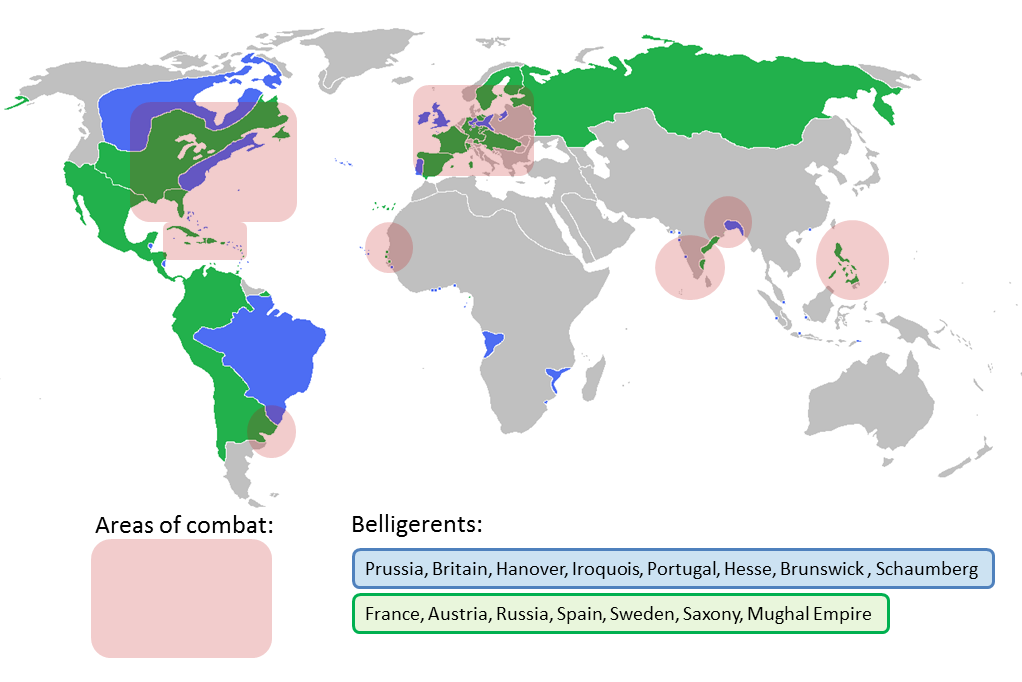You have 3 free guides left 😟
Unlock your guides5.3 Britain's Ascendency
5 min read•june 18, 2024
Jillian Holbrook
Jillian Holbrook
The Glorious Revolution
English Protestants vs. English Catholics
.webp?alt=media&token=db29b3e8-9a17-4d48-bfee-be710295e152)
The , also known as the Revolution of 1688, was a political event in England that took place in 1688-1689. It was a bloodless overthrow of , a Catholic king, by a coalition of English politicians and military leaders, who invited the Dutch prince to invade England and take the throne.
Conflict sparked as a result of widespread opposition to the previous ruler, James II, whose policies were seen as a threat to the rights and privileges of English citizens. The Glorious Revolution saw a coalition of politicians and military leaders, led by the and the , offer William of Orange, the Protestant son-in-law of James II, to assume the English seat of power. James II attempted to establish a more centralized government and to increase the power of the monarchy at the expense of the traditional rights and privileges of the nobility and the Church. He also sought to promote Catholicism (despite Catholics representing a minority of the population) and restrict the rights of majority Protestant dissenters, which led to his striking unpopularity.
William landed in England with a large army in November 1688 and quickly gained the support of many English citizens and the majority of the army. Resultantly, James II was forced to flee the country, and William and his wife, Mary, were crowned King and Queen of England in February 1689.
The Glorious Revolution resulted in the establishment of a , with limits on the power of the king and the protection of the rights and privileges of citizens. William and Mary accepted joint powers with parliament and signed the . As a consequence, it also had a significant impact on the development of democracy and constitutional government in Europe, as it established the principle that the monarch's power was limited by law and that citizens had the right to resist a monarch who threatened their rights and freedoms.
The Flow of Trade and French Rivalry
British Colonialism and Commercial Interests
The American colonies provided Great Britain with a steady flow of mercantilist trade. They received raw materials, like tobacco, sugar, and cotton, and profited off of selling the colonists finished manufactured goods and tea from the monopolized .

Additionally, helped to strengthen Britain's naval power, as it was necessary to protect the ships that transported enslaved Africans and goods between Africa, the Americas, and Europe. This naval power helped to protect Britain's trade routes and allowed them to maintain their dominant position in the trade.
Britain's naval supremacy was an important contributor to the commercial and political rivalry between Britain and France, which resulted in wars fought both in Europe and the colonies as Britain vied to supplant the French and establish ultimate European dominance.
The Seven Years' War
In the Seven Years’ War, Britain and France faced off to assert themselves as the strongest global power. Britain’s aim was to destroy France as a commercial rival. As a result, the British focused on eliminating the French navy and attacking French colonies. This conflict is significant because it marked a turning point in the history of warfare, as it was the first global war and demonstrated the importance of naval power and the need for a professional and well-trained army.
Although the war began in Europe, it quickly spread to the colonies in North America, where it became known as the . In the Americas, the French and British fueled their rivalry as they competed for land and control of resources. The French aligned with the for protection and trading rights.
The was fought on multiple fronts, including Europe, North America, Africa, and India. While the British allied with the Prussians and Hanover, the French allied with the Austrians and the Russians. Ultimately, the British and their allies emerged victorious, resulting in the expansion of British territory and influence globally.
France was so preoccupied with maintaining control in Europe that they did not have the resources or focus to spare on their holdings—especially after they had to come to Austria’s aid. The British were able to drive the French out of Canada and India because of it. Moreover, Britain's victory significantly impacted the global balance of power, as it weakened the French and Spanish empires to the further benefit of Great Britain.
Although the Seven Years’ War was a success for the British—ending with the Treaty of Paris of 1763—it put both Britain and France in severe debt and economic strife. Tensions soon brewed into explosive revolutions.

The American Revolution
Britain heavily taxed the American colonies to pay off the debt that they accumulated from the Seven Years’ War with the , , and (among others). Because the colonists did not have representation in the British parliament, they did not have a say in these new taxes. “Taxation without representation” and the increasing independence of the American colonies resulted in the .
To get back at the British for the humiliation of losing to them during the Seven Years' War, France came to the aid of the American colonists after seeing their victory at the . With French money, supplies, and military support, the Revolutionary War ended as a smashing success for the Americans; however, it was yet another financial deficit for the French.
Ultimately, as Britain and France grew—ascending in power and prestige—rivalry between the countries resulted in world wars fought both in Europe and in the colonies, with Britain ascending to replace France as the greatest European power!
🎥 Watch: AP Europe - 7 Years' War & American Revolution
© 2024 Fiveable Inc. All rights reserved.
AP® and SAT® are trademarks registered by the College Board, which is not affiliated with, and does not endorse this website.
